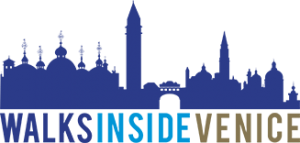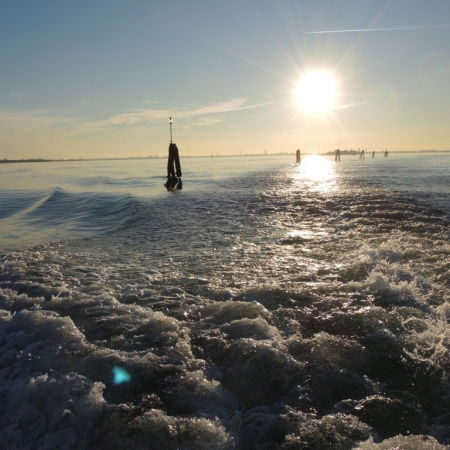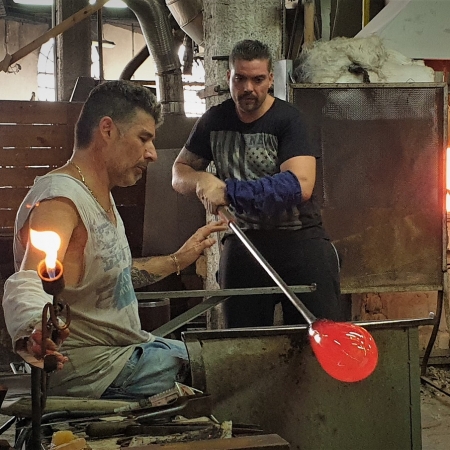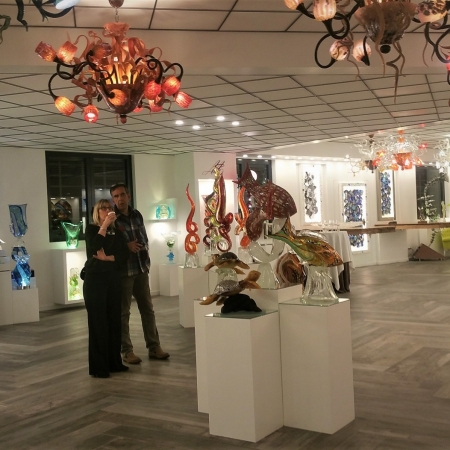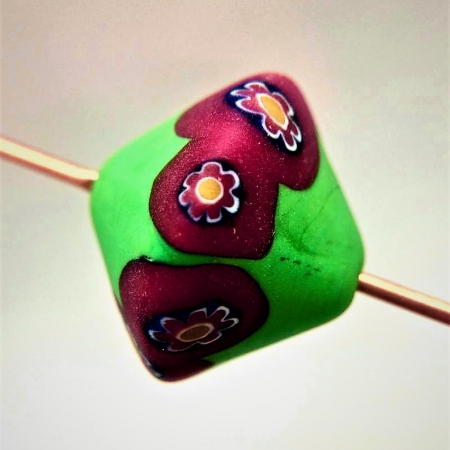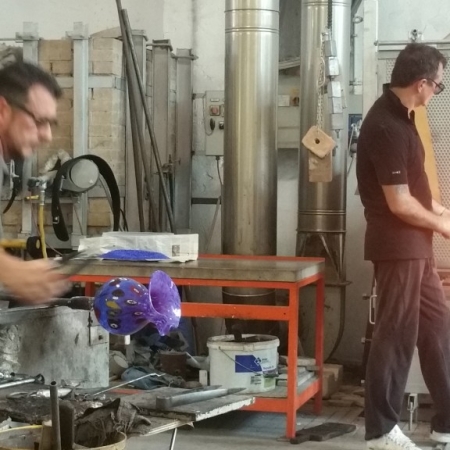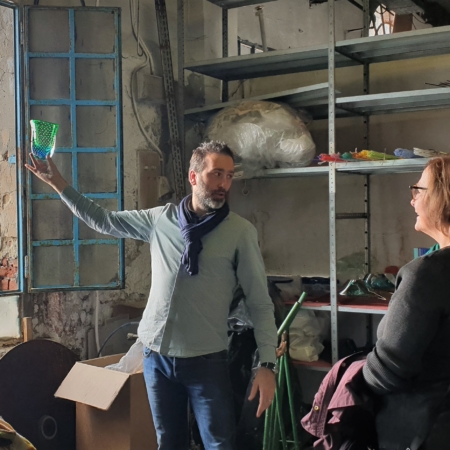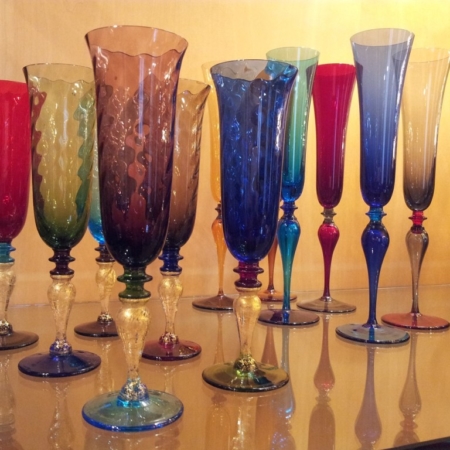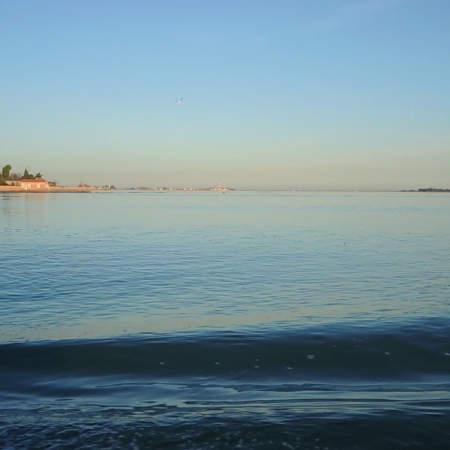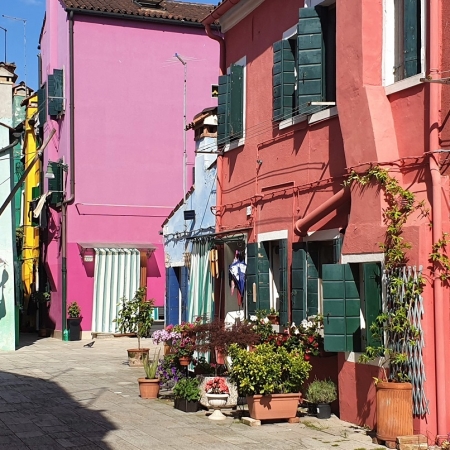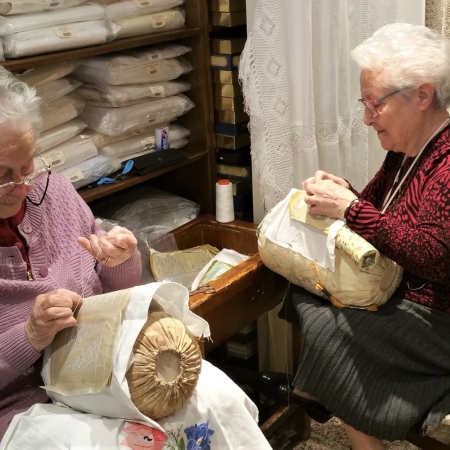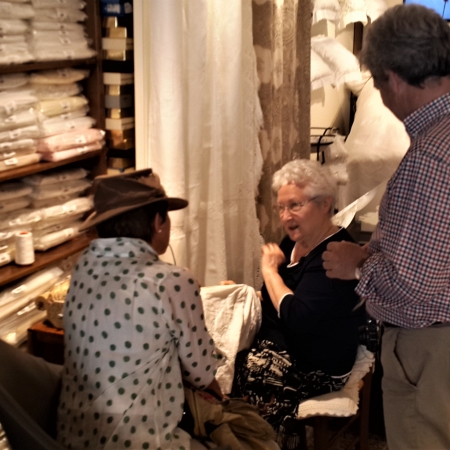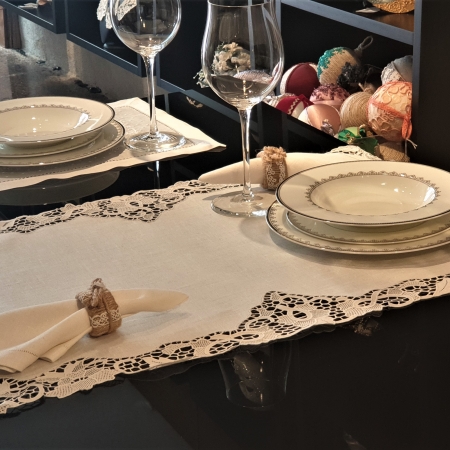glassmakers from Aleppo and Damascus of the thirteenth and fourteenth centuries, was already being practiced in Murano in the fifteenth century.
Syrian glass reached Venice, as it appears from 14th century inventories. Most probably, due to the decline of Syrian glassmaking in the 15th century, Syrian craftsmen settled in Venice, bringing with them their glassmaking skills.
As it often happened to Venetians, they did not really invent the craft, but they brought it to a higher level of perfection and also developed very sophisticated marketing strategies, creating the very concept of ‘Venetian-ness’ as a deluxe trademark.
The famous official decree in November 1291 that transferred the Rialto glass furnaces to Murano was not only due to reasons of safety but also to the need of keeping the production of such profitable goods under control, on an island away from Venice.
Moreover, the oldest document regarding the fabrication of glass mirrors dates from 1318, when the Great Council approved a decree which allowed two Venetian masters to produce lastre –mirrors– in Murano and export them to Germany.
Murano glass was exported north of the Alps as early as the late Middle Ages; according to documents and evidence from excavations, Venetian glass was arriving in England as early as the fifteenth century.
In addition, there is proof that by the sixteenth century, when the Syrian glass industry was starting to decline, Venetians began exporting their own exquisite glass also to the Levant, often via Dubrovnik.
The export of top-quality Murano glass stimulated a taste for these extremely refined pieces throughout Europe and beyond. However, exporting glass artifacts was of course very expensive and risky, given the fragility of the products.
In spite of strict laws and regulations preventing local glassmakers from leaving Murano, other European glassmaking centers – in England, Spain, Antwerp, Florence…) lured these craftsmen away to create imitation Venetian glass – à la façon de Venise— already in the 16th and 17th centuries.
Indeed, defending Murano glass from imitations is certainly not a recent problem! But the glassmakers of the island have so far succeeded, not without ups and downs, at maintaining at least a universally recognized prestige! And, still today, they attract artists and designers from all over, eager to practice and create their art in some of the most innovative furnaces.
According to your rhythms and interests, we shall visit two or maximum three ateliers:
One specializing in very traditional exquisite blown glass goblets, chalices and a wide variety of other glasses and bottles (with a particular attention to the reticello, filigree, zanfirico techniques)
One more contemporary family run workshop with a very personable production of lamps, chandeliers, elegant wine glasses, with the possibility of customizing sizes and colors.
Another option will be visiting another furnace famous for high quality murrino jewelry and objects: you will be amazed by the colors and by the inventiveness of design!
In about 20-25 minutes our boat will land in Burano, the island of lace.
Nobody knows exactly when and where lace was first produced (traces of elaborate netting were found in Egyptian tombs, and the Bible itself mentions ‘fine twisted linen wrought with needle work’), but the art of lace making probably arrived in Venice from Greece and the Byzantine word.
However, needle lace and bobbin lace as we know them today were probably first produced by the late 15th century in Italy and in the Flanders, hard to say which of the two came first.
For sure nuns too excelled in decorating altar cloths, chasubles, and canopies with precious lace based on silk, silk gold threads. As Venice grew richer, well to do families asked for more refined pieces designed for clothing, furnishing, and table linen, so that convents and family production were not enough anymore.
Burano contributed to the history of handmade lace with thousands of women who, since approximately the mid-16th century consumed their eyes and hands at fulfilling the growing international demand.
In fact, Venetian lace was one of the most coveted possessions of European nobles.
In Venetian painting we find a very early representation of lace in a painting by Carpaccio now at the Accademia Galleries, representing the ‘Ambassadors returning to England (1495) where a man kneeling boasts wonderfully tights, enriched with lace, pearls and braids.
Plain white tablecloths with lavishly lace bordures, often embellished with gold and silver threads appear in Last Suppers and Feasts at Cana by the Late Renaissance (see for instance the huge ‘Supper at the House of Levi’ by Paolo Veronese at the Accademia). Napkins where also ornate and folded in many complicated ‘sculptures^.
In Giambattista Tiepolo’s ‘Banquet of Antony and Cleopatra’ (1743, now in Melbourne’s National Gallery of Victoria) guests sit around a sparkling white round lace tablecloth.
To supply the increasing demand for Venetian lace, cloth merchants moved lace production to the lagoon islands, where they could find qualified workers at low cost.
Soon, lace produced on the island of Burano became the most highly coveted in Europe. Pages of inventories of the German, French and English describe Venetian lace, as royal gift or purchases, from a wonderful cloak mentioned amongst the most precious possessions of Anne de France in 1480, to a collar made during the minority of Louis XIV that took two years and was paid with 250 pieces of gold.
In 1664 the French ambassador in Venice states that the lace export’s annual amount was 400,000 crowns, and that all convents and most poor families subsisted on this work.
In the 1660’s the French minister Colbert had the genial idea of ‘importing’ Burano lace workers to France, and scattered them all over the country, where lace making activities were already in existence.
The technique that characterized Venice and Burano lace was the ‘point in the air’, executed with the use of just needle and thread. Bobbin lace was produced on the island only in later times of decline.
Some of the stitches were invented by the lace makers themselves (Punto Venezia, Punto Burano, Punto Rosa, and so on). Venice became the greatest center for the publishing of books of patterns (or ‘modellari’) that it exported all over Europe.
After a profound and long crisis following the loss of independence of Venice and the general decline of interest for these luxury items due to the French Revolution and to the fall of the aristocracy, Burano lace was revived by the end of the 19th century.
After the unification of Italy. a small group of politicians and Venetian female patrons struggled to revive the tradition. At that time only an old, illiterate woman, Cencia Scarpariola, still knew how to execute the famous ‘punto in aria’, the most typical Burano stitch, and was able to classify the traditional stiches which were passed on to several other women.
The Burano Lace School was active in Burano from 1872 until 1970, and it is now a Museum. In Venice itself around the same years (1870) Michelangelo Jesurum opened its first workshop right behind St Mark’s Square. The new company had a huge international success and ended at employing some 3,000 lace making women for the poor fishermen islands of the Lagoon (Burano, Pellestrina, Chioggia).
Today the island of is invaded by a variety of shops selling cheap lace made somewhere else (mostly by machine) and any other kind of souvenirs…
But having some time and patience it is still possible to dig out for true Burano lace.
We will visit together one of the top-level workshops, specializing in tablecloths, bed linen – both traditional or more contemporary- always made on the island with a loving eye to quality and tradition. You will find a superb collection of shirts, scarves, dresses and more. And you can, of course, ask for personalized creations…
If you want to explore more about Venetian arts and crafts, see our Masks & Gondolas tour and our Velvets & Masks.
